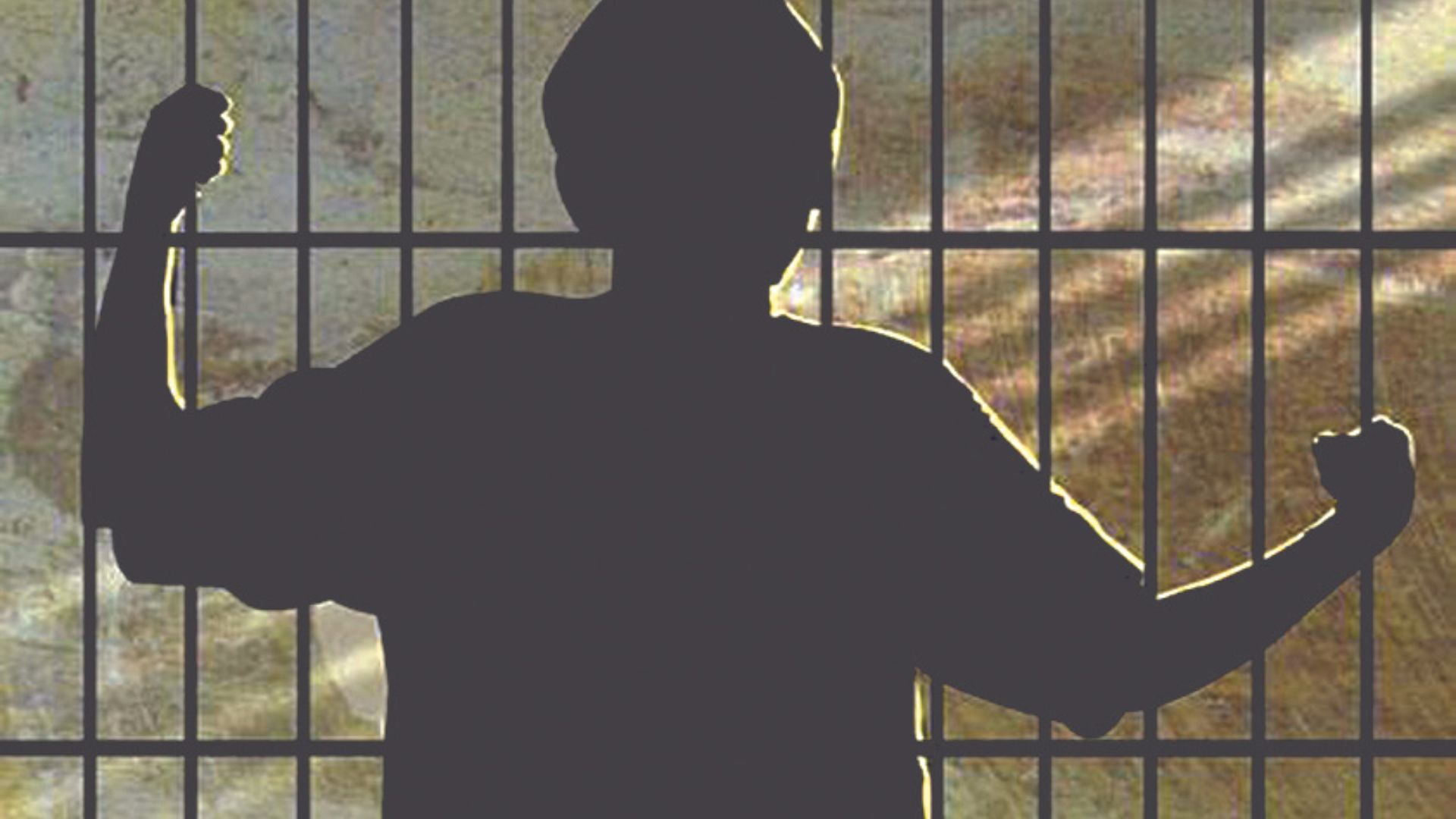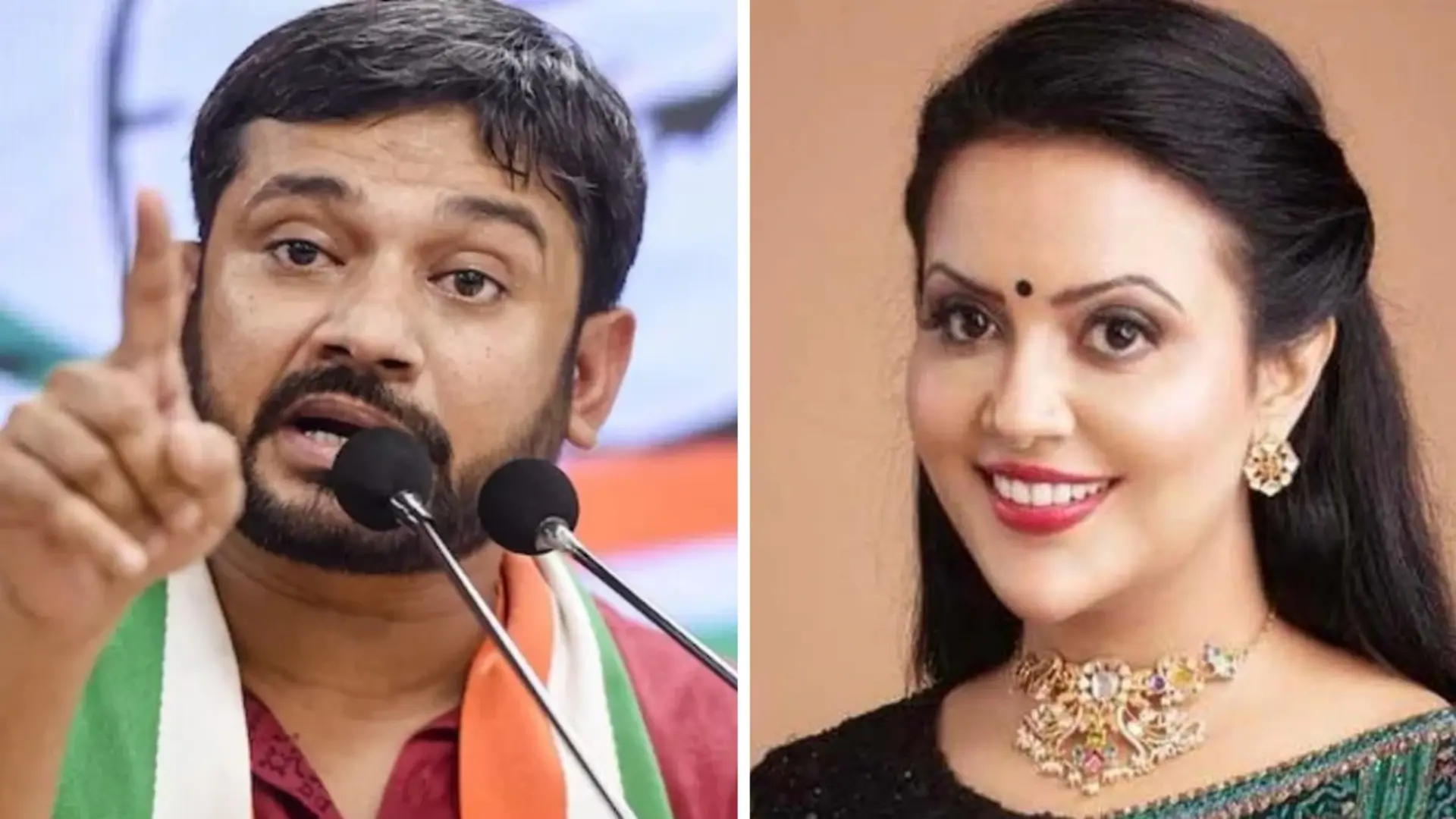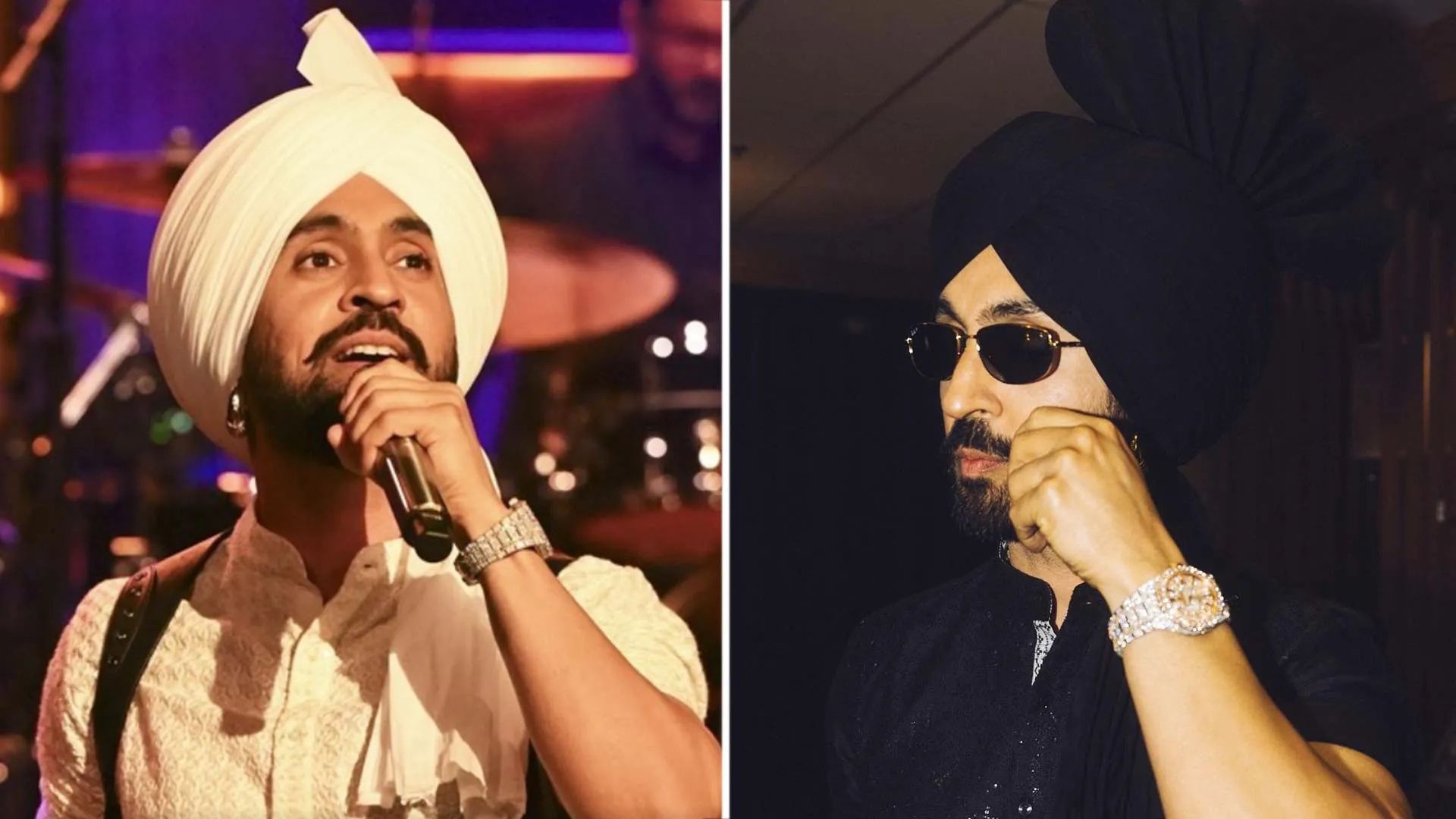
In the Indian societal context, the occurrence of juvenile delinquency, once deemed uncommon, has witnessed a disturbing surge in recent years. This emergent trend raises pertinent concerns regarding community safety, welfare, and inherent deficiencies within the Indian judicial framework. Numerous adolescents grappling with the challenges of adolescence find themselves ensnared in illicit activities, frequently exploiting legal ambiguities and disparities. The term “juvenile delinquency” delineates unlawful conduct perpetrated by individuals below the age of eighteen. While diverse factors such as familial dynamics and socio-economic disparities contribute to juvenile delinquency, the inadequacies within India’s legal apparatus exacerbate the issue. A fundamental obstacle lies within the Juvenile Justice (Care and Protection of Children) Act, the cornerstone of juvenile offender management.
Growing Spectre of Juvenile Delinquency
Alarming statistical data underscores the severity of the issue. As per the National Crime Records Bureau (NCRB), over thirty thousand crimes were attributed to juvenile perpetrators in India in 2021. While minor transgressions remain prevalent, the uptick in serious offenses such as homicide and assault warrant’s critical examination. This trajectory prompts a crucial inquiry, Is the existing system faltering in safeguarding societal interests, or are we, as a society, neglecting our juveniles?
Despite the Act’s emphasis on rehabilitation over punitive measures for juvenile offenders, instances arise where delinquent juveniles exploit its provisions. The Act delineates the age of criminal culpability as eighteen, exempting individuals below this threshold from conventional legal processes and potentially subjecting them to lenient treatment. Despite the Act’s well-intentioned objectives, this provision inadvertently affords certain segments of the juvenile demographic impunity for their transgressions.
Exploiting Vulnerable Youth
The involvement of youthful offenders in gangs and organized crime is another worrying development.
These criminal networks frequently prey on impressionable young people, taking advantage of their gullibility and vulnerability to peer pressure. Sometimes, young people are forced to commit crimes or tricked into acting as stand-ins for more experienced, adult criminals. Effectively tackling this issue is made more difficult by India’s legal framework’s permeable character as well as the country’s constrained funding for social services and law enforcement.
In addition, the spread of technology has created new opportunities for youth criminality, like cyberbullying and online harassment. Adolescents are more vulnerable to identity theft, cyberbullying, and online radicalization due to the growing prevalence of smartphones and internet usage. Young people are now more susceptible to manipulation and abuse because legislative attempts to appropriately control digital environments have lagged behind the rapid growth of technology.
The Roots of Delinquency
There are several different causes of juvenile delinquency. Economic hardship, exposure to violence, broken homes, and a lack of educational opportunities are all contributing factors. Children from poor homes are especially vulnerable, especially if they don’t have parental guidance. The problem is made worse by peer pressure, the attraction of easy money from small-time crime, and the media’s glamorization of violence.
Juvenile Justice Act vs Section 82 of Indian Penal Code
As per the provisions of the Juvenile Justice Act, it is said that any person below the age of 18 years will be considered a child and is not competent to commit any offence, i.e., the child lacks sufficient maturity to make him liable in the commission of any criminal offence. In contrast to this provision, Lord Macaulay had a different mindset pertaining to Juvenile Delinquency. When he drafted the Indian Penal Code in 1860, he specifically mentioned under section 82 that a child below the age of 7 years lacks in sufficient maturity to commit any criminal offence, and as per section 83 of the code, a child below the age of 12 years and above the age of 7 years can commit any offence to child knew the nature and consequences of the offence at the time of commission of the offence, in short as per section 83 child is having the sufficient Mens rea which is an essential to commit any criminal Offence. Now the question is, when Lord Macaulay was of the opinion that a child from 7 to 12 years of age can commit an offence, then by giving leverage to the juvenile up to the age of 18 years, are we welcoming the adult offender in the garb of Juvenile Offenders.
If it’s true, then due to these statutory leverages, there would be a serious threat to the adolescents of society. Moreover, various habitual offenders and white-collar criminals will start using children as their carriers to commit heinous offences. Moreover, as per the Data from the NCRB-2022, out of 3,063 Offences against the Human Body committed by Juveniles were 1,518, the Offences against Property were 887, and other offences were 656. Moreover the data also portrays that out of 3,063 offences maximum offences committed by Juvenile is Hurt (733), Theft (528) and Rape (226). A girl was kidnapped, raped, and killed on a moving bus in south Delhi by a juvenile and his friends in New Delhi, one of several incidents where it has been discovered that juveniles have only perpetrated horrible crimes in the nation’s capital.
In the Mundka neighbourhood of west Delhi, an open field is where the body of a 51-year-old Uber cab driver was allegedly left after his murder by two young passengers, according to police. A 22-year-old lady has claimed that she was raped in the Jahangirpuri neighbourhood of northwest Delhi by five individuals, four of whom were minors.
Children, in all religious traditions, are viewed as divine messengers, and no one has the right to stop them from blossoming by pulling their blooms off their jagged nails.
Even while India favours rehabilitation over punishment for criminals, if this comparison is made with regard to minors, the rate of recidivism must be watched after young people are discharged from the Reformation Center or other childcare facilities.
All stakeholders, including governmental bodies, businesses, and civil society groups, must work together to address the underlying causes of adolescent delinquency. India can reduce the rate of juvenile delinquency and related problems by cooperating to close legislative loopholes, provide access to opportunities for education and employment, and foster positive adolescent development to create a safer, more prosperous society for future generations.
Ishan Atrey & Jyotirmoy Banerjee, Faculty (Law), Indian Institute of Management, Rohtak















